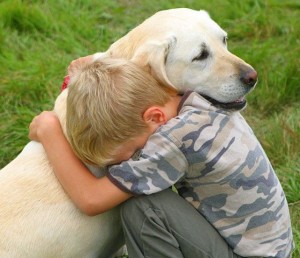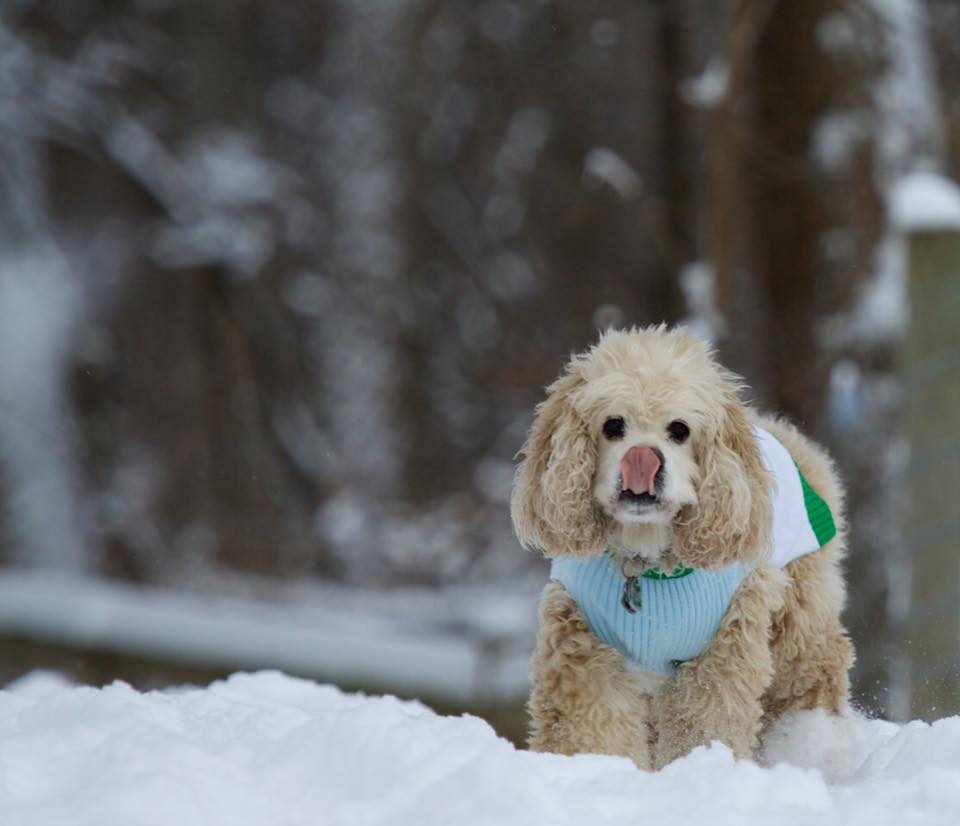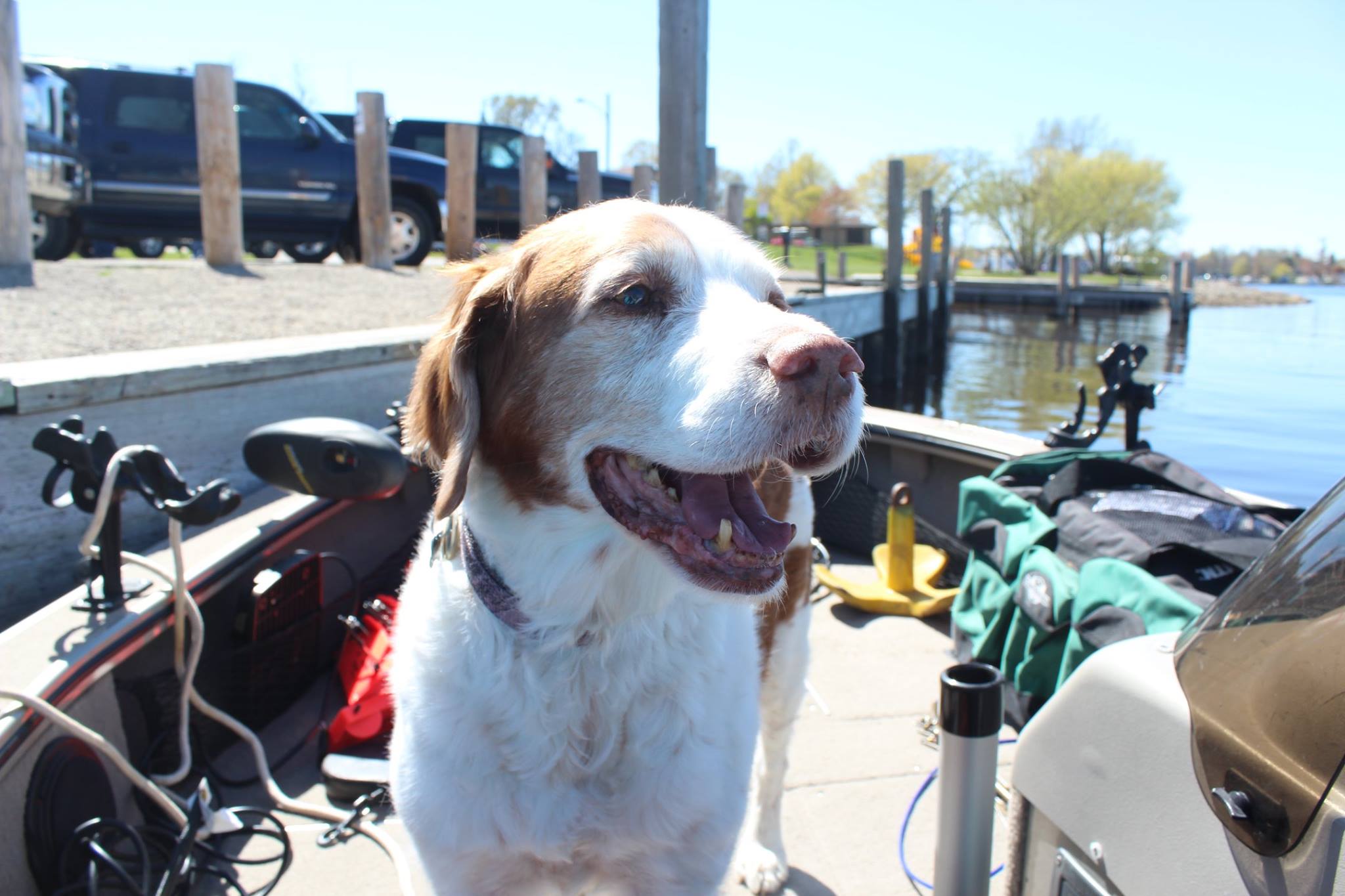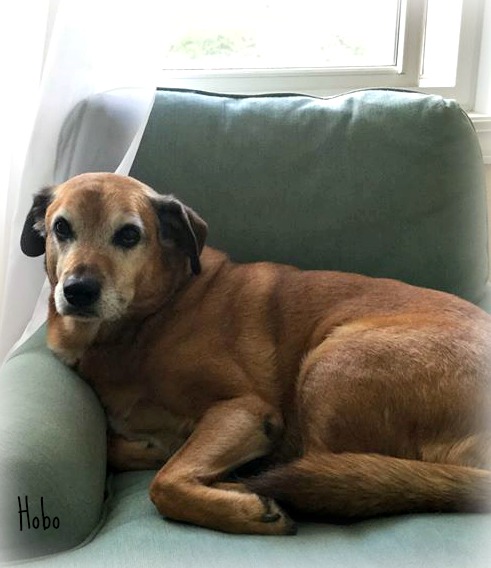 Your pet is a beloved member of your family; he or she shares your home, your daily routine, and maybe even your bed. As our pets age or become ill, it can be difficult to assess their quality of life and to know when it is time to say goodbye. Deciding to euthanize a cherished pet is never easy, and when you only make the decision a few times in your life (if you’re lucky) it can be hard to keep a sense of objectivity about knowing if and when the time is right.
Your pet is a beloved member of your family; he or she shares your home, your daily routine, and maybe even your bed. As our pets age or become ill, it can be difficult to assess their quality of life and to know when it is time to say goodbye. Deciding to euthanize a cherished pet is never easy, and when you only make the decision a few times in your life (if you’re lucky) it can be hard to keep a sense of objectivity about knowing if and when the time is right.
At MN Pets, we take very seriously our role in helping you objectively think about what is best for your family, for your pet, and for you. The veterinarians and counselors in our practice see many pets and hear many stories about when the end of life is near. We take the time to listen to your unique story about what has been going on with your pet, and we talk about what it all means and what your options are.
Sometimes, at the end of our conversation, it becomes clear that euthanasia is not the right choice at that time. It may not be far off, but the decision doesn’t feel right just then, and that’s perfectly ok. For these pets, one option is to enroll in our Comfort Care program. Our Comfort Care team can come to your home to evaluate your pet’s condition and help you develop a plan to help your pet enjoy the best quality of life possible as he or she deals with chronic conditions. Our focus isn’t on invasive diagnostic testing or aggressive medical care, but rather on helping your pet experience comfort and relief of symptoms that may reduce their quality of life. We keep in close contact with you and schedule regular check-ins to manage your pet’s condition as he or she ages.
Other pets that are aging or facing a serious medical condition may already be experiencing a severe decline in their quality of life. For these pets, the decision to euthanize may be appropriate, but it can be difficult to know when the time is right. Sometimes it is helpful to be able to talk through the decision and your unique situation with a veterinarian face to face. During a quality of life consultation, a veterinarian will visit your home to do just that. Sometimes, these visits conclude with euthanasia, and sometimes the doctor will leave you with valuable tools to monitor your pet’s quality of life in the coming days and weeks.
Finally, sometimes it becomes clear during our conversation that euthanasia is the right choice. You love your pet and know more about him or her than anyone else does. When you decide that the time is right, we will always support you in this painful and difficult decision.
Regardless of your situation, we are here to help you every step of the way. Please don’t hesitate to check in and get an expert’s advice on what seems right in your situation. The call is free and we’re available every day, including weekends. You can reach us at (612) 354-8500.







